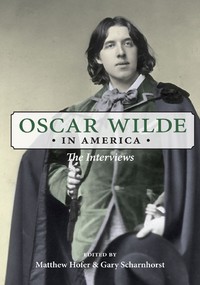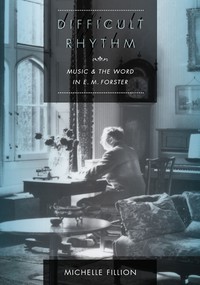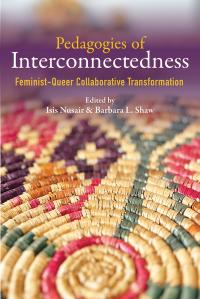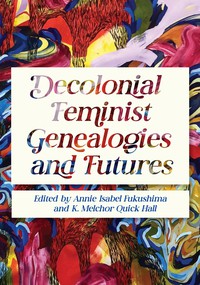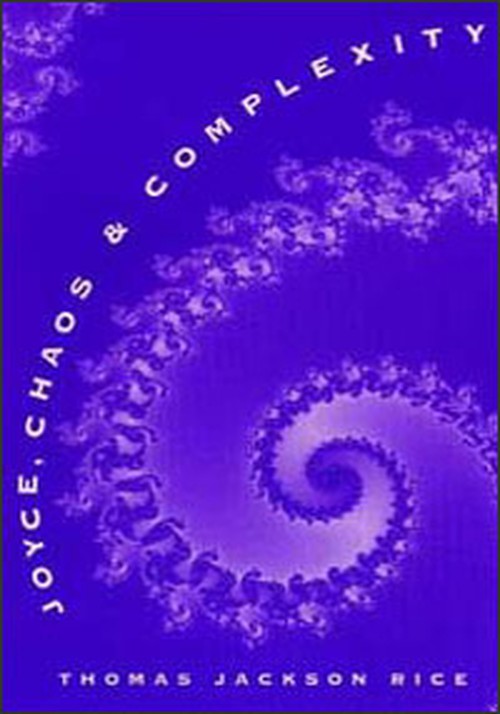
Joyce, Chaos, and Complexity
About the Book
Thomas Rice compellingly argues that James Joyce's work resists postmodernist approaches of ambiguity: Joyce never abandoned his conviction that reality exists, regardless of the human ability to represent it.
Placing Joyce in his cultural context, Rice first traces the influence of Euclidean and non-Euclidean geometries on Dubliners and A Portrait of the Artist as a Young Man. He then demonstrates that, when later innovations in science transformed entire worldviews, Joyce recognized conventional literary modes of representation as offering only arbitrary constructions of this reality. Joyce responded in Ulysses by experimenting with perspective, embedding design, and affirming the existence of reality. Rice contends that Ulysses presages the multiple tensions of chaos theory; likewise, chaos theory can serve as a model for understanding Ulysses. In Finnegans Wake Joyce consummates his vision and anticipates the theories of complexity science through a dynamic approximation of reality.
Reviews
"The fullest, most articulate case I know of for Joyce's dialogue with the new sciences." -- Robert Spoo, editor, James Joyce Quarterly
"Rice's engagement with chaos and complexity theories is by far the best I've seen by any literary critic. . . . The time is ripe for this work." -- Craig Werner, author of Paradoxical Resolutions: American Fiction since James Joyce
